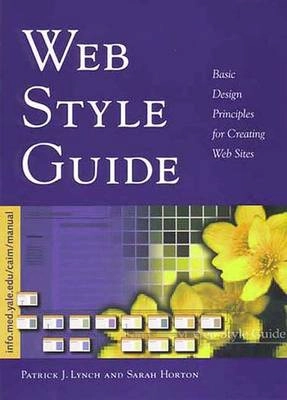

Web Style Guide: Basic Design Principles for Creating Web SitesVolym 49 av PCET charts
- Utgiven: 1999
- ISBN: 9780300076745
- Sidor: 164 st
- Förlag: Yale University Press
- Språk: Engelska
Om boken
Åtkomstkoder och digitalt tilläggsmaterial garanteras inte med begagnade böcker
Mer om Web Style Guide: Basic Design Principles for Creating Web SitesVolym 49 av PCET charts (1999)
1999 släpptes boken Web Style Guide: Basic Design Principles for Creating Web SitesVolym 49 av PCET charts skriven av Patrick J. Lynch, Sarah Horton. Den är skriven på engelska och består av 164 sidor. Förlaget bakom boken är Yale University Press.
Köp boken Web Style Guide: Basic Design Principles for Creating Web SitesVolym 49 av PCET charts på Studentapan och spara pengar.
Referera till Web Style Guide: Basic Design Principles for Creating Web SitesVolym 49 av PCET charts
Harvard
Oxford
APA
Vancouver



















